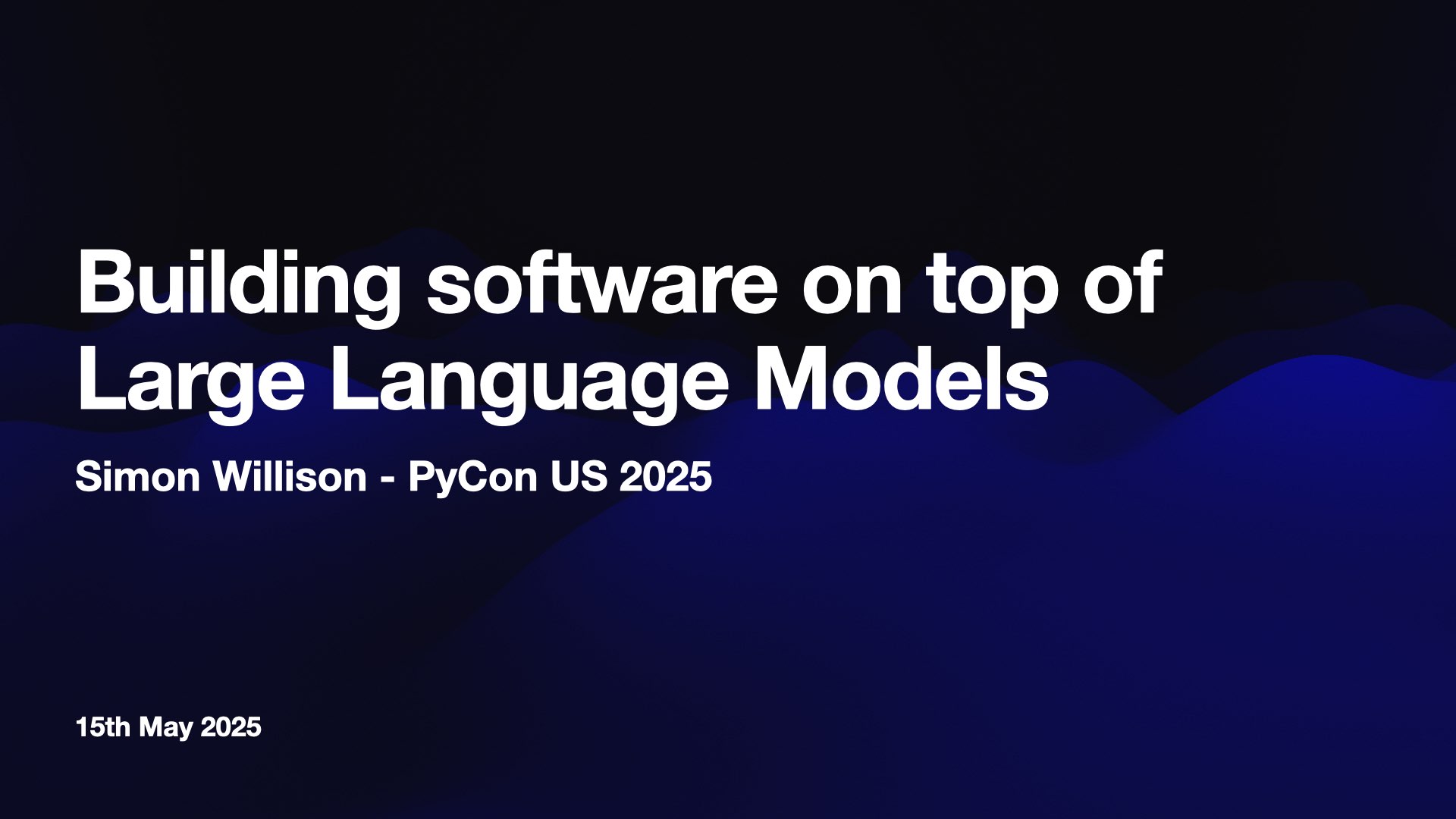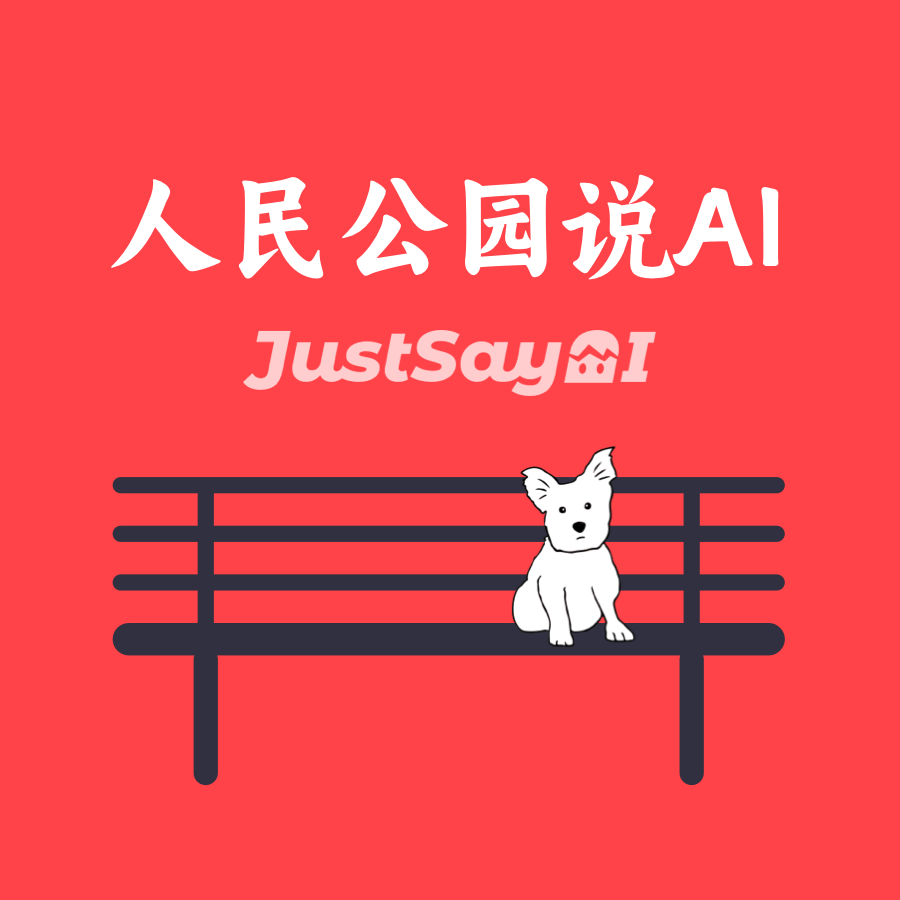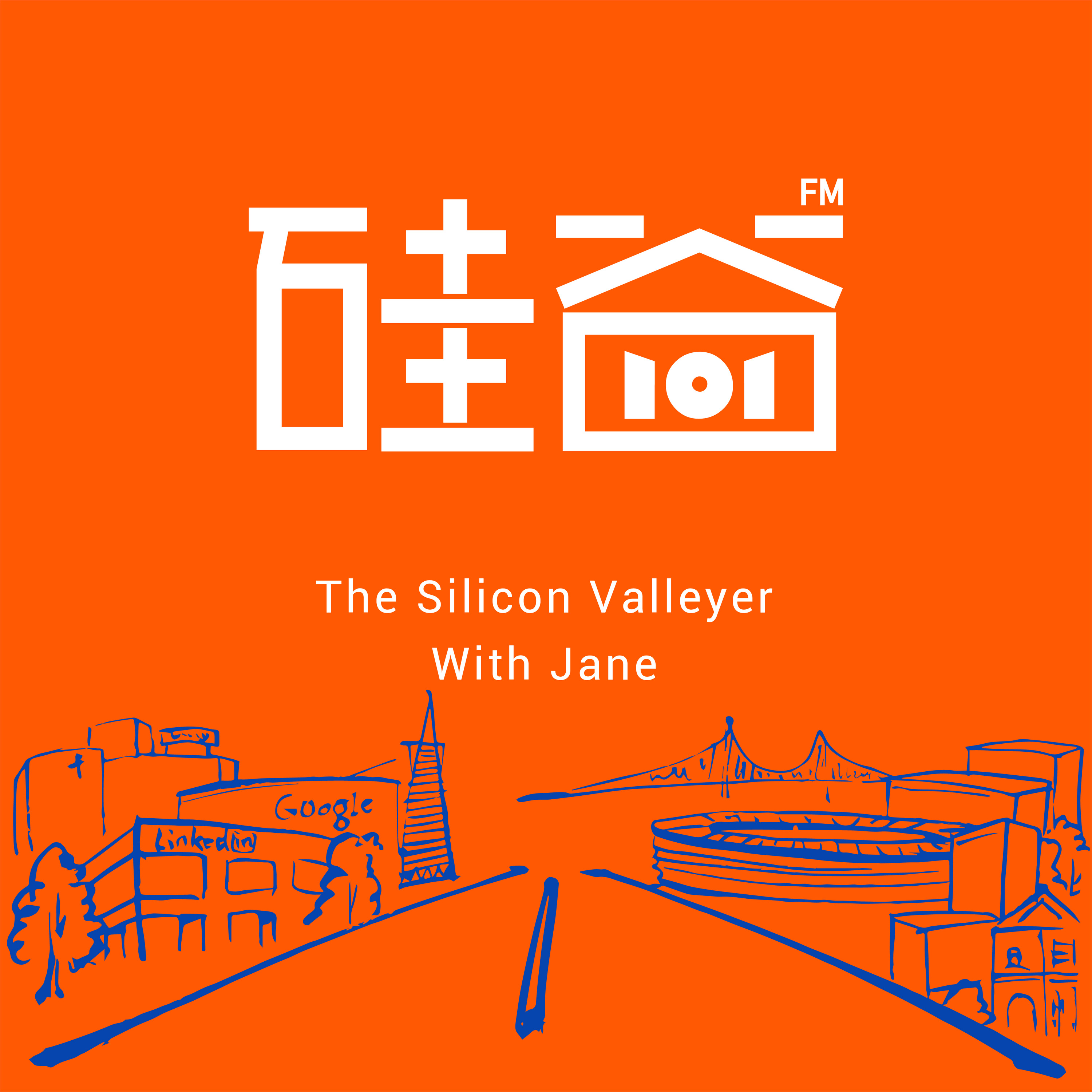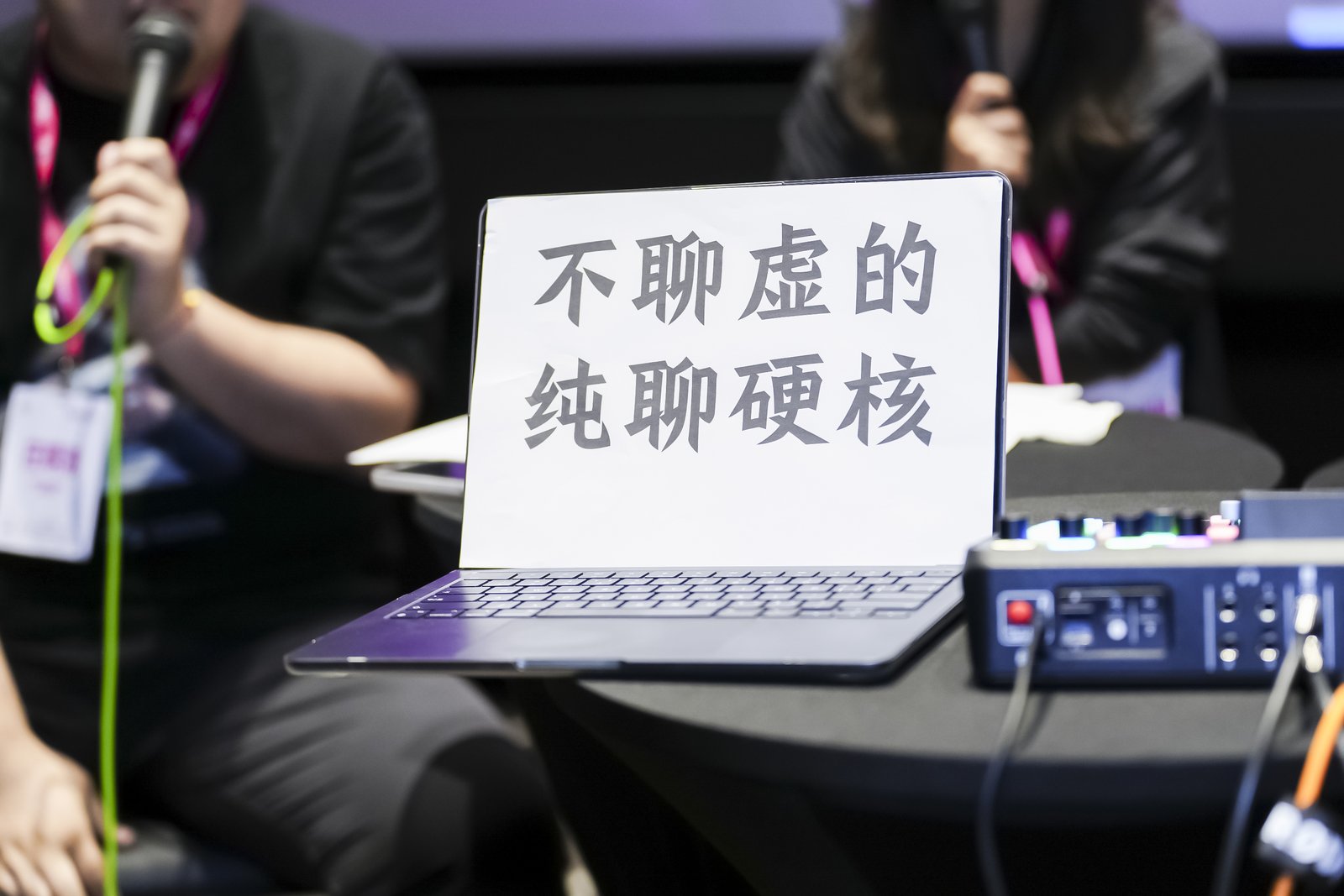BestBlogs.dev Highlights Issue #47
Subscribe Now👋 Hey everyone, Issue #47 of AI Highlights is hot off the press!
🔥 This week, voice and multimodal models are making new waves, Agent technology continues to evolve, AI product implementation and business strategies are deepening, and industry leaders are weighing in!
🚀 Model & Research Highlights:
- 🎤 MiniMax releases its high-quality TTS model, Speech 02 , achieving hyper-realistic voice cloning with its innovative Zero-Shot capabilities and a "learning voice extractor." It supports 32 languages and reportedly surpasses OpenAI and ElevenLabs in listening experience, multilingual performance, and cost-effectiveness.
- 🤖 Google DeepMind introduces AlphaEvolve , a Gemini-based agent for advanced algorithm design and optimization. Using an evolutionary coding framework, it has made breakthroughs within Google (data centers, chip design, AI training) and on open mathematical problems.
- 📸 ByteDance unveils its powerful multimodal model Seed1.5-VL on Volcengine. With 20B active parameters, it achieved SOTA in 38 out of 60 public benchmarks for video understanding, visual reasoning, and multimodal agents, rivaling Gemini 2.5 Pro. The API is now fully available.
- 🎬 Tencent open-sources its video generation model HunyuanCustom , focusing on subject consistency. It supports precise subject replication from single/multiple reference images, local video editing, and character voice dubbing, achieving SOTA in identity consistency.
- 👀 Hugging Face provides a comprehensive review of significant Visual Language Model (VLM) advancements over the past year, highlighting hotspots like Any-to-any models (e.g., Qwen 2.5 Omni), reasoning models (e.g., Kimi-VL-A3B-Thinking), small yet powerful models, MoE decoders, and Vision-Language-Action (VLA) models in robotics. Any-to-any models are predicted as a future trend.
- 🧠 Tencent Technology Engineering shares LLM learning notes , emphasizing a question-driven learning methodology. It outlines LLM chat processes and details the three core construction stages: pre-training, supervised fine-tuning (SFT), and reinforcement learning (RL), including key steps and referencing DeepSeek R1 practices.
🛠️ Development & Tool Essentials:
- 🔍 Dive deep into RAG system design : Uncovering the core value of semantic search, KG-driven RAG architecture selection strategies (not suitable for all data types), and detailing performance optimization through system design (loss functions, embedding models, vector DB choices) and advanced techniques (Query Transformation, Multi-agent architecture).
- 🤖 Get an in-depth look at Google's 76-page AI Agent whitepaper , dissecting core agent principles (perception, tool use, autonomous planning), AgentOps, evaluation methods, and multi-agent architecture applications.
- 💻 Simon Willison shares highlights from his PyCon US workshop on practical LLM application development , covering Prompt Engineering, RAG, structured data extraction, tool usage, and security.
- 🔗 The LangGraph Platform is now Generally Available (GA) , offering one-click deployment, persistent storage, and more for deploying and managing long-running, stateful Agents, complete with the LangGraph Studio IDE.
- 🛡️ Alibaba Cloud developers analyze various security risks in MCP (Model Context Protocol), like 'tool poisoning' (e.g., shadow attacks, command injection, RCE), proposing a security monitoring solution using Alibaba Cloud's LLM observability app and LoongCollector with built-in evaluation templates.
- 🎧 A podcast discusses OpenAI's $3 billion acquisition of Windsurf , comparing its B2B model with Cursor's B2C approach, and exploring the evolution of AI programming tools and Google Gemini's impact.
💡 Product & Design Insights:
- 🦜 How language learning platform Duolingo, with over 10 million paid users, is going All-in on AI : AI drives content creation, personalized teaching, and conversation practice to boost efficiency and user experience.
- 📝 Notion rolls out three new AI features : AI Meeting Notes, enterprise-grade AI Search, and a Deep Research mode, aiming to build an All-In-One AI platform.
- 🎨 Hands-on with Lovart, the world's first design Agent : It integrates multiple tools to automate the entire design workflow, from style matching and task breakdown to image generation, video creation, and adding soundtracks/voiceovers.
- 🚀 Silicon Valley 101 podcast dissects the new AI Agent evolution paradigm for 2025 : Driven by LLM coding advancements, RFT breakthroughs, and MCP protocols, with opportunities emerging for specialized "small and beautiful" Agents.
- ✨ Founder Park's May AI product roundup: A showcase of diverse innovations, including design Agent Lovart , AI notes app Remio , AI PPT tool Deckspeed , AI audiobook app Nooka , and more.
- 🎯 Drawing insights from "True Demand" to discuss value creation in AI startups : Buyers determine value, tech advancement doesn't equal commercial success, and building consensus is a core challenge.
📰 News & Reports:
- 📈 Key takeaways from Sequoia's closed-door AI Summit: AI is shifting from a 'tool logic' to an 'outcome logic ,' selling benefits not just tools, as the agent economy takes shape.
- 🔮 OpenAI CEO Sam Altman's latest interview: AI will evolve into highly personalized services, with AI agents rapidly emerging (mass adoption in 2025, autonomous knowledge discovery in 2026).
- 🤖 Nvidia CEO Jensen Huang declares all employees will have AI assistants, as AI evolves into proactive thinking, planning, and executing agents (Agentic AI) .
- 🎧 Podcast buzz: Discussing '2025 as the Year of the AI Agent '—exploring definitions, tech development, product trends, the short-term overestimation vs. long-term underestimation, and US-China AI differences.
- 🗿 A conversation with Meshy founder Yuanming Hu : From Tsinghua's 'Yao Class' to creating the most popular AI 3D product, sharing insights on tech iteration and his entrepreneurial journey.
- 🌟 Tech Enthusiast Weekly features: A look back at AI scientist Fei-Fei Li's extraordinary journey creating ImageNet and how it helped ignite the current AI era.







